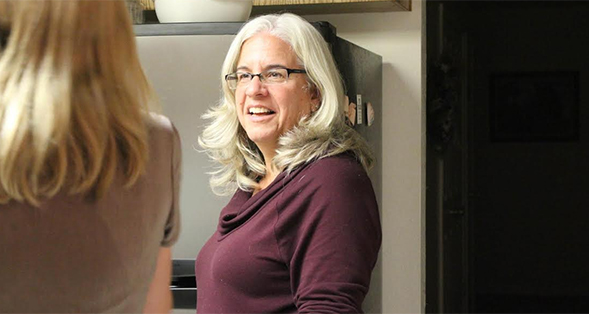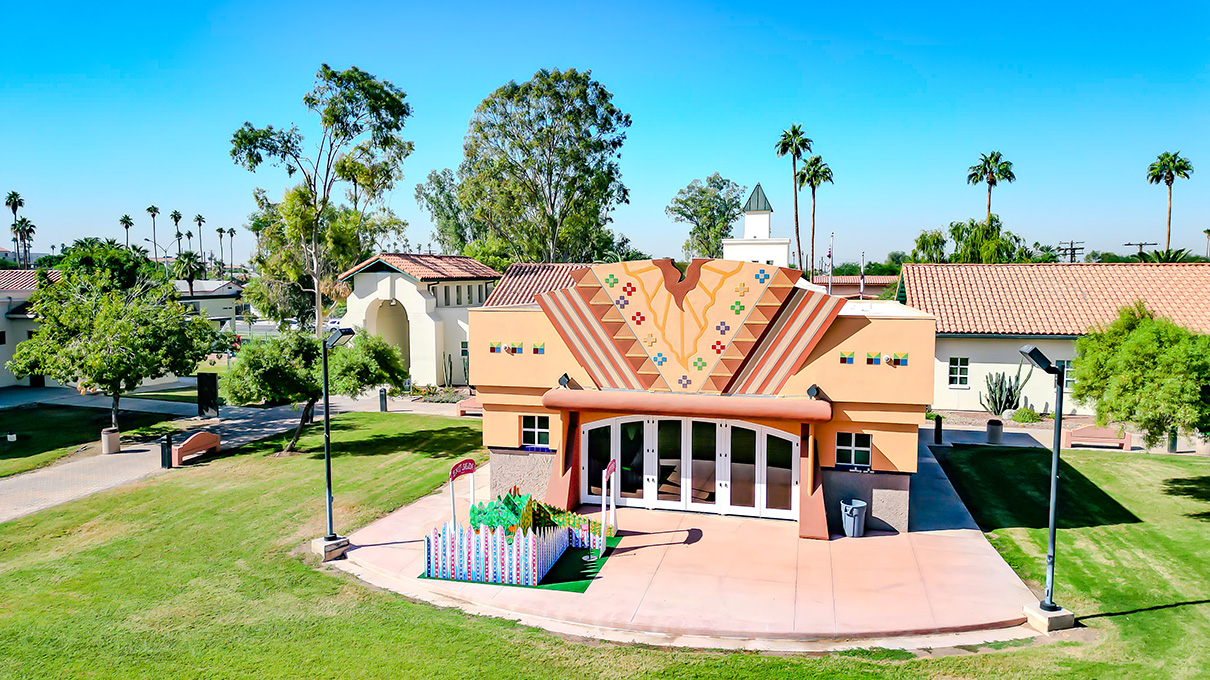7 Things About Doreen Mattingly
Mattingly has taught in SDSU's Department of Women's Studies since 1995.

Doreen Mattingly is an associate professor for the Department of Women’s Studies at San Diego State University.
1. What inspired you to do this kind of work?
My sister tells me that I when came home from my first semester at Berkeley I announced I was going to be a geography professor, which suggests one of my teachers that semester inspired me. In truth, I don’t remember any of that, and after I got my bachelor's degree I spent several years floundering before I decided to go to graduate school. I had finally landed a pretty good job working for the Girl Scouts, but the lack of intellectual stimulation was killing me.
I became a professor because that is what happens to people who can’t stay away from the university. With this job I get to read and think and write and talk about interesting things all the time. Where else could I do that?
2. How long have you worked at SDSU?
In 1995 I was hired with a joint appointment in geography and women’s studies. In 2001, after I got tenure, my appointment was changed and I now work full time for the Department of Women’s Studies. Geography is my first love and the discipline I earned all my degrees in, but I really enjoy teaching women’s studies.
Women’s studies majors are probably the most passionate and committed people on campus. Working with them is a joy.
I also like the students in my general education classes and the attitude they bring to the material. Maybe we attract particularly engaged and open-minded students, or maybe people just bring a different kind of curiosity to a women’s studies class. Whatever the reason, some of my most interesting conversations take place in my general education classes, especially in my Sex, Power and Politics class.
3. What is the best piece of advice you ever received?
Right now I’m winding up a six-year book project writing a book about Midge Costanza, who was, among other things, the first female assistant to a president and a friend of mine. In all her speeches, Midge used to say something like “Live your life fully, don’t just exist through it.” That’s advice that is not only wise, it is something I actually try to do. Life is short — make today count.
4. What is your favorite thing about your job?
When I’m lucky, my favorite thing is whatever I’m working on at the moment. Right now I’m finishing up my book, so that is my favorite thing. It’s called "An Unwilling Token: Midge Costanza, Jimmy Carter, and the Politics of Feminism." Hopefully a year from now you will be able to buy a copy in the bookstore and bring it by my office for a signature.
I’m also pretty excited about a new class I’m working on for fall 2014 called Women’s Activism and Organizations, and it will be focused on connecting women’s studies majors (and other interested people) to organizations and agencies in the community. My goal is to help students find jobs, meaningful opportunities for activism and a chance to do applied research.
5. What about your field or position do you think would surprise people the most?
A lot of people don't know what women's studies and feminism really are. They might think they know, usually because of something they heard, or they might believe that women are totally equal today and the whole field is no longer relevant. Usually when I explain what we really do in my field and why I'm a feminist, they are usually intrigued and occasionally inspired. Curious? Take a women's studies class!
6. What is the most interesting or surprising thing about you?
I am a reasonably good oil painter — I’ve had a few exhibits around town and when I retire I plan to go to art school and see where my art will take me. I also love the Pacific Ocean. During the summer I’m in it (usually swimming the Cove) or on it (in my kayak) almost every day. I’m a big knitter, which for some reason surprises people. I guess it doesn’t fit their stereotype of a feminist.
7. If you could only rescue one thing from your burning office, what would it be?
One of the things I inherited in 2010 when Midge Costanza died was a copy of an Andy Warhol print of Costanza’s mentor, Bella Abzug. Abzug was a congresswoman from New York and one of the most influential feminists of the 1970s. The print is signed by Abzug with a note to Midge, whom she calls “our top woman.” I don’t think it’s worth much money, but it is one of the coolest things I own.
Bonus Question
1. What is your favorite kind of music/what are your favorite bands?
Joni Mitchell is the greatest songwriter of the 20th Century. Enough said.


